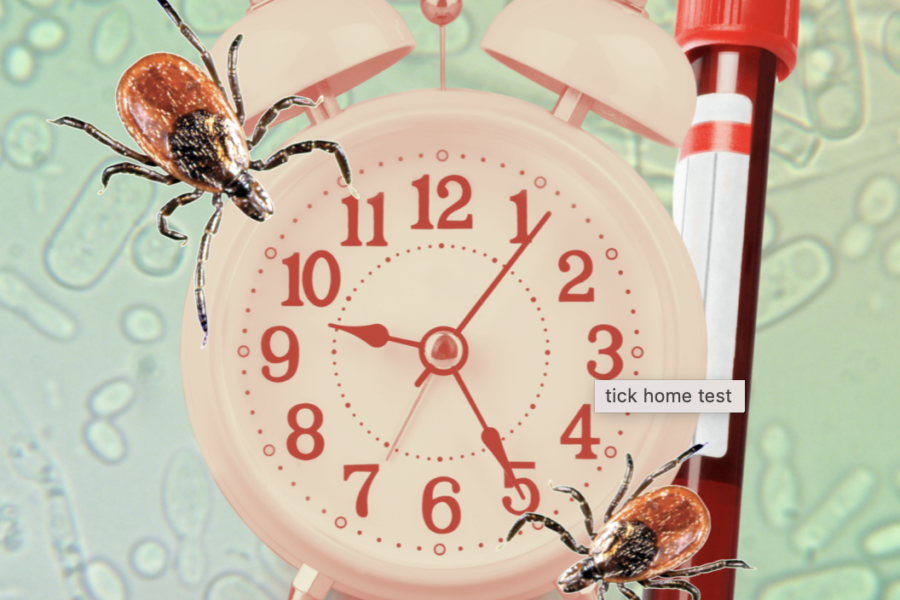If there has been one silver lining to the COVID-19 pandemic, it’s been the rise of rapid self-tests, which provide results at home in minutes. Researchers are hard at work at developing similar tests for other diseases—including Lyme.
Lyme disease is transmitted by the black-legged (or deer) tick and infects about 476,000 Americans each year. The faster those people can get treated with the antibiotics doxycycline or amoxicillin, the better their chances of having a short, mild case of the disease.
But despite the clear need, there’s a problem when it comes to speed and ease of testing for the tickborne illness.
How Lyme disease tests are currently done
Most tests are performed in a doctor’s office and require a blood sample to be run through two types of screening. The first, called the enzyme-linked immunosorbent assay (ELISA) test, looks for the presence of antibodies to the Lyme-causing Borrelia burgdorferi and the Borrelia mayonii bacteria. Those antibodies can take several weeks after a bite to rise to detectable levels.
If the ELISA test is positive or inconclusive, a second test—known as the western blot test—is performed. The western blot uses electricity to split antibodies into individual proteins, which lab technicians scrutinize for the telltale pattern of Lyme antibodies. The western blot test is actually less sensitive to antibodies than the ELISA test is (which is why doctors don’t just start with it), but once the ELISA test detects the antibodies, the western blot does a better job of confirming their source.
At-home test kits exist that allow people to collect a few drops of blood with a finger prick, and then send the sample to a lab, which runs the same tests and makes results available, on average, in three to five days. But it still takes weeks after a bite for antibodies to rise to detectable levels, giving the Lyme bacteria time to multiply and spread throughout the body.
